When looking to buy an electric fireplace, a good point to begin is usually researching and getting informed on electric fireplaces. This step is very essential as it helps potential buyers settle on an electric fireplace that ticks all their boxes.
Nonetheless, even after doing some digging on the internet, it is not assured one will be informed on every aspect of electric fireplaces. This is evident from most people only being familiar with the term electric fireplaces but not so much with infrared electric fireplaces.
Hence, to help you come to grips with infrared electric fireplaces we have given an in-depth breakdown of them in this article.
But first, for the sake of those who are entirely unfamiliar with electric fireplaces, we will begin by briefly describing electric fireplaces.
What is an electric fireplace?
Concisely, an electric fireplace is an electric appliance that imitates traditional fireplaces but operates without a real flame. Instead, it uses mirrors, and light to create the illusion of a flame and a heat source to heat the room. The heat source could either be a fan-forced heater or an infrared heater.
Now let’s address the elephant in the room.
What is an infrared electric fireplace?
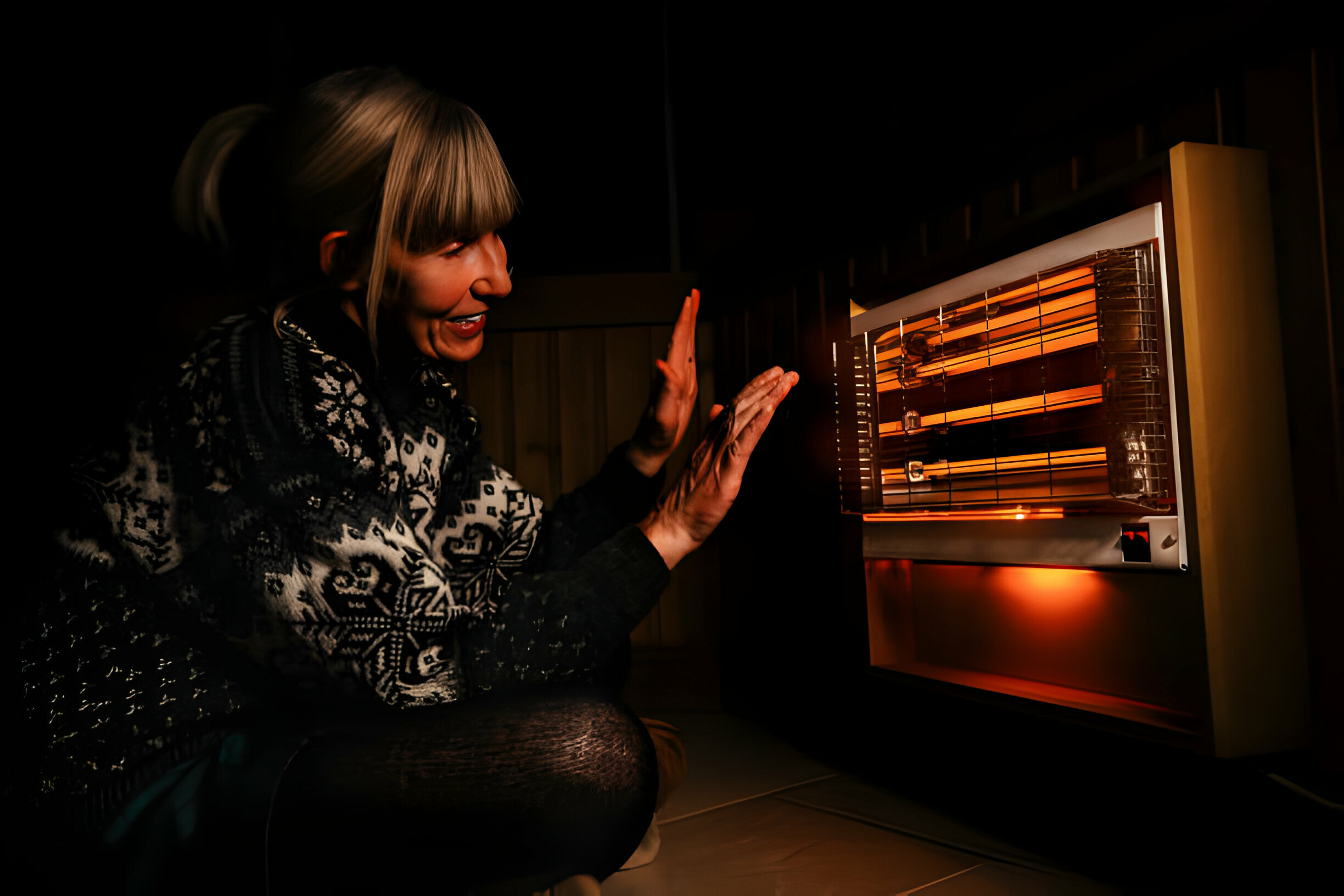
Just like the name suggests, this is an electric fireplace that utilizes infrared heating technology to create heat. Infrared electric fireplaces are renowned for their impressive heating capability, energy efficiency, and silent operation.
Parts of an infrared heater
To help you comprehend what makes up an infrared electric fireplace, we have outlined its different parts and the roles they play. The main parts of an infrared heater include:
- Heating lamp – usually two, these are the tubes inside an infrared electric fireplace that glow to produce heat
- Reflector - this is the shiny back part that helps reflect heat back out to the room or space being heated
- Guard – this is the mesh that protects a user from coming into contact with the hot surface of an infrared heater
- Switches – these are the control buttons for the infrared heater
How infrared electric fireplaces operate
Now that you are familiar with the different parts of an infrared electric fireplace we will touch on how they operate.
Since they lack a real flame, infrared electric fireplaces use infrared light to heat up objects in front of them. The heat is transferred through radiation or convention which is similar to how sunbeams heat whatever they touch. As for the flame effect, infrared electric fireplaces use LEDs to create the illusion of dancing flames.
For the actual operating mechanics, in most infrared electric fireplaces when a unit is turned on at the power outlet, the lamps do not begin to heat up immediately. But by using two switches, one for each lamp, the infrared heater is turned on. It takes approximately 40 seconds for the lamps to begin warming up a room.
Are all electric fireplaces infrared?
The answer to this question is NO. In fact, most models of electric fireplaces, especially the cheaper ones, use a fan-forced heater.
That said, there are still a couple of electric fireplaces that use infrared heaters. They include:
- Electric logs
- Stand-alone electric heaters
- Electric stoves
- Electric fireplace tv stands
- Wall-mounted electric fireplaces
- Electric fireplace inserts
Differences between an electric fireplace and an infrared electric fireplace
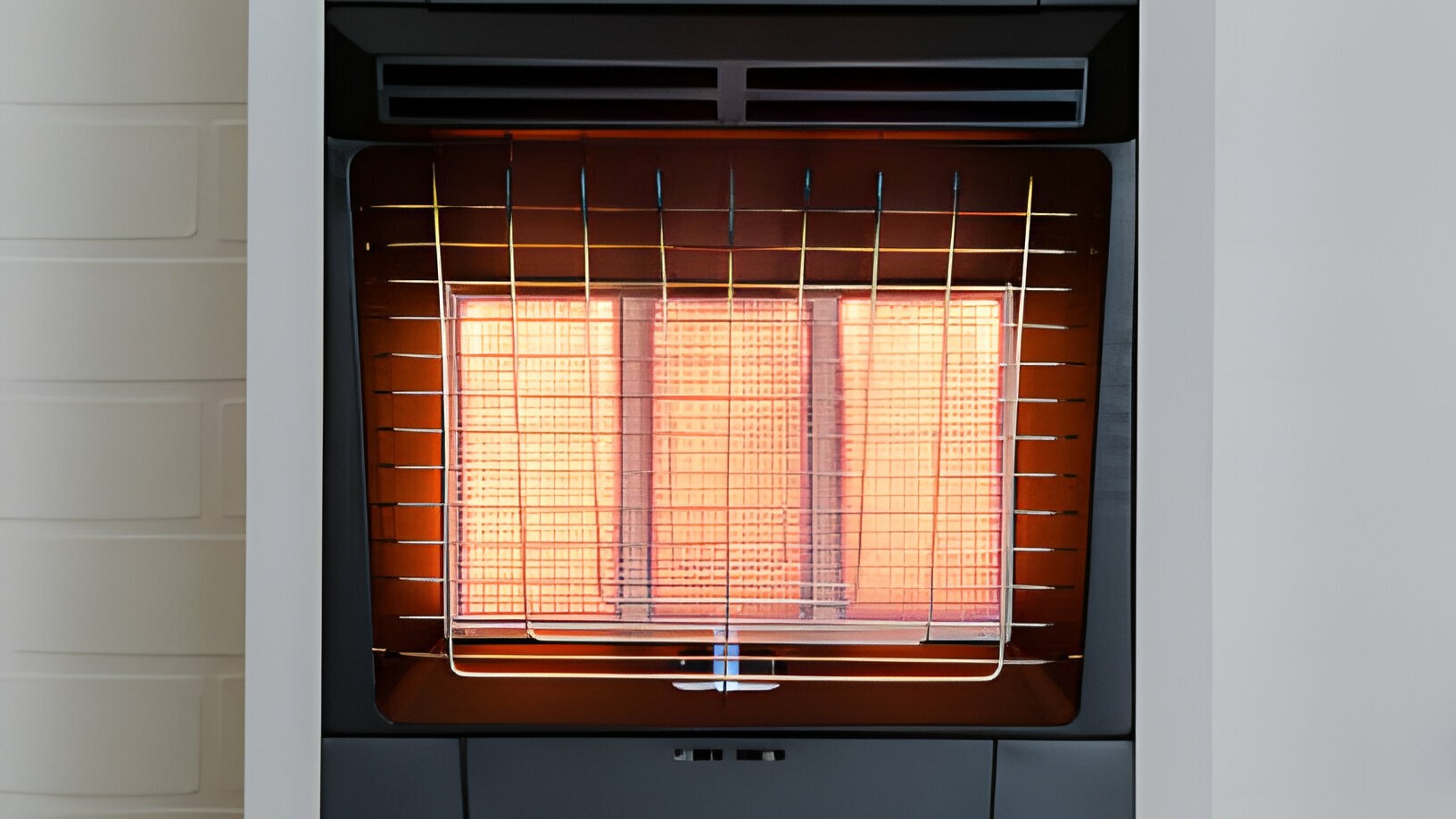
Certainly, infrared electric fireplaces are electric fireplaces but not all electric fireplaces are infrared ones. All other electric fireplaces that are not infrared electric fireplaces fall under the general category of electric fireplaces.
Below is a comparison showing the difference between infrared electric fireplaces and electric fireplaces:
- Heating mechanism
Electric fireplaces typically use a fan-forced heater to heat up a room. Whereby a blower fan draws in air which is then passed over a heating element to get warm, and then the warm air is blown back out to the room by the fan. On the other hand, as earlier discussed an infrared electric fireplace uses infrared light to heat up a room.
- Area covered
Generally, infrared electric fireplaces can heat up a larger area compared to electric fireplaces.
Electric fireplaces use a fan to blow warm air to heat a room. Unfortunately, that limits the area they can heat up. Typically electric fireplaces can only heat up areas of up to 400sq effectively. Infrared electric fireplaces on the other hand can effectively heat up large spaces of up to1000sq effectively.
- Operation noise
Infrared electric fireplaces operate rather silently when compared to electric fireplaces which operate with a slight noise. This noise is generated by the blower fan inside an electric fireplace when it draws in cold air and blows out warm air.
- Heating time
Infrared electric fireplaces heat up a room faster when compared to electric fireplaces. This is a result of infrared electric fireplaces not warming up air first and then blowing it out to warm the room, as is with electric fireplaces. The downside of infrared electric fireplaces not warming up the air is that the heat in the room goes away similarly as fast as it came.
- Cost
Although there are some expensive models of electric fireplaces, when generally compared with infrared electric fireplaces the latter tends to be more expensive.
Are infrared electric fireplaces safe?
The short answer to this question is Yes! Infrared electric fireplaces are safe and do not pose health risks because they operate without a real flame. The nature of their operation means they have zero emissions. To add to that, the transfer of heat from a unit to a user’s body is all-natural, just like heat from the sun
The only dangers associated with infrared electric fireplaces are those that come with all heaters, which include:
- Potential burns - infrared electric fireplaces have a hot surface especially at the front during operation. Kids and pets can potentially be burnt from touching their hot surfaces.
- Being dangerous upon damage - when in perfect working condition electric fireplaces are safe but when damaged they pose a risk of malfunctioning or blowing up.
- Potential fire hazard – infrared electric fireplaces produce heat of a high level and at a fast rate as well. The downside of this is that it makes them a fire hazard, especially when in proximity to flammable objects
However, if you follow all the manufacturer’s guidelines for an infrared electric fireplace and make sure you monitor them when in use you will have nothing to worry about.
Is infrared electric fireplace energy efficient?
Energy efficiency is based on the ratio of energy used over energy consumed. The clear-cut answer to the question ‘is infrared electric fireplace energy efficient?’ is Yes.
The high rate of efficiency is brought about by infrared electric fireplaces having:
- Multiple heat settings – with the option of changing the heat settings on an infrared electric fireplace you do not need to always have it on high settings or off. You can adjust the heat to a suitable level.
- No moving parts – infrared electric fireplaces have no internal moving parts. This means that no energy is used for movement and almost all of it is converted to heat.
- LED lights – infrared electric fireplaces use LEDs as the light source to create a flame. Naturally, LEDs are more efficient than traditional bulbs.
Pros and cons of infrared electric fireplaces
There are a couple of benefits and disadvantages of owning an infrared fireplace. The pros of infrared electric fireplaces include:
- They operate silently since they do not have a blower fan.
- They provide heat to cover a relatively large area
- They almost instantly provide heating since they do not need to warm the air first
- They are highly energy efficient
On the flip side, the cons of infrared electric fireplaces include:
- Once shut off, the heat they provide disappears fast as they do not warm the air around the room first.
- They are mostly found only in expensive models of electric fireplaces
- They only release the heat towards the front side, therefore to maximize their use you need to be at its front.
Conclusion
Is an infrared electric fireplace worth it? This totally depends on what you need. If you are in search of a fast-heating and silent heater, or you are looking to heat up a large room or one with poor ventilation, then an infrared electric fireplace is a match made in heaven for you.

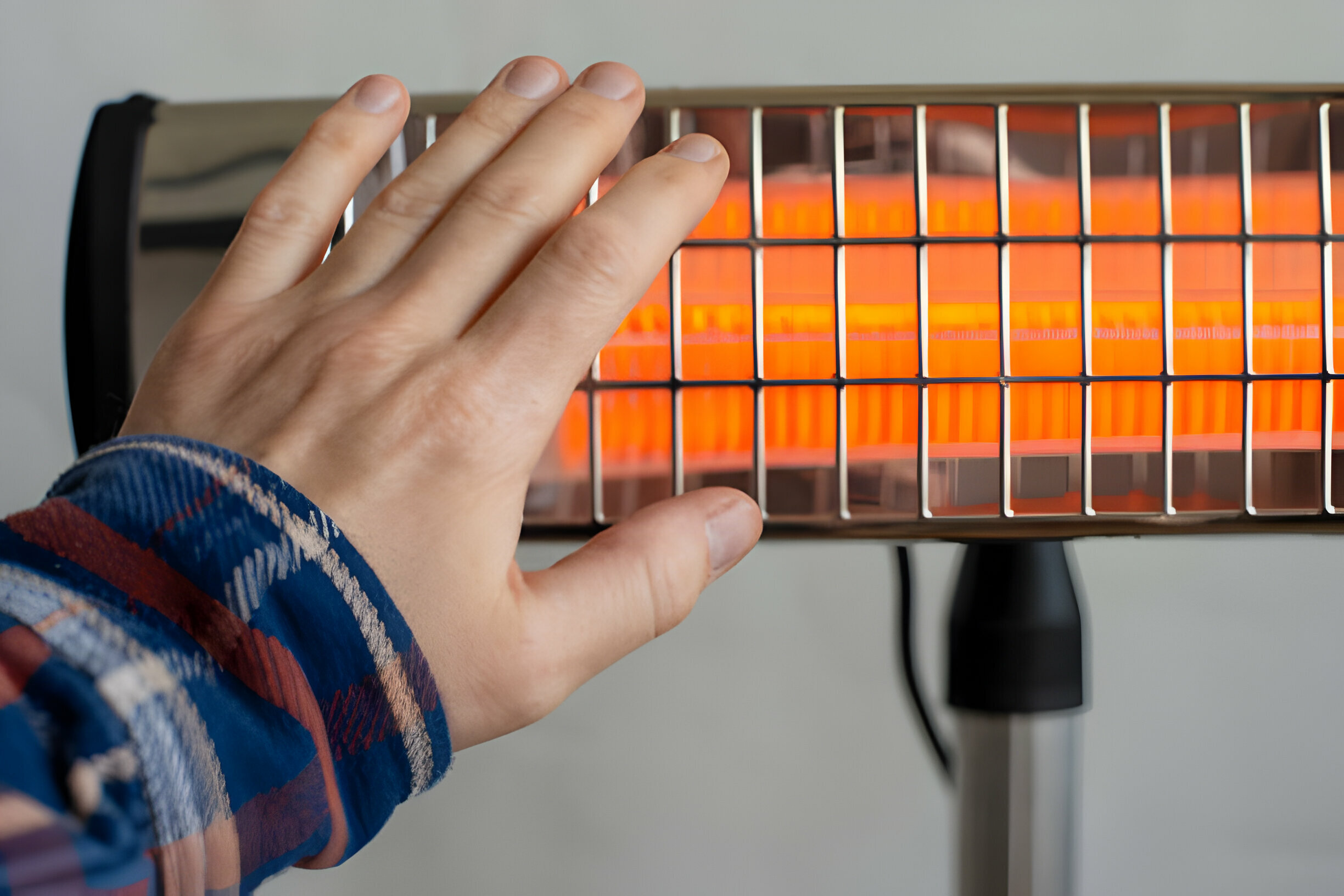


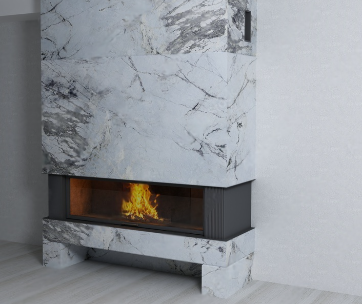
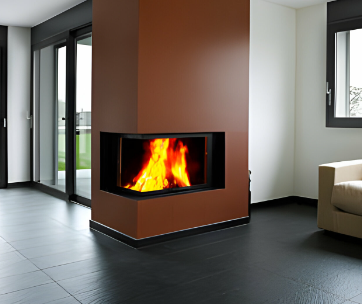

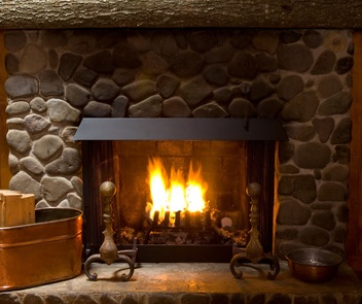


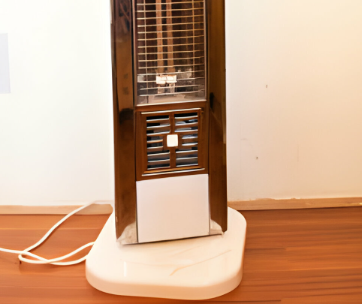
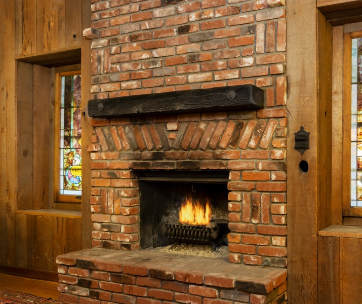
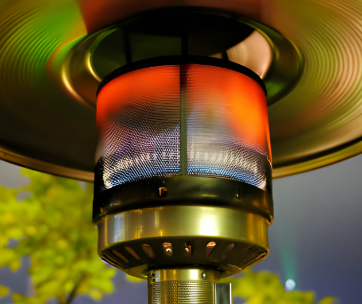
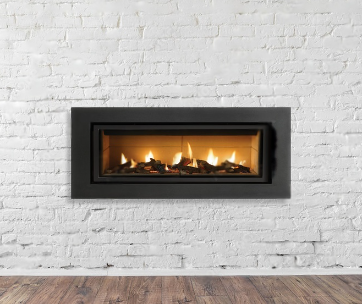

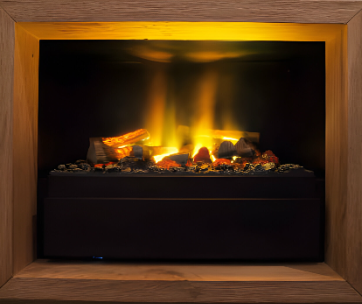





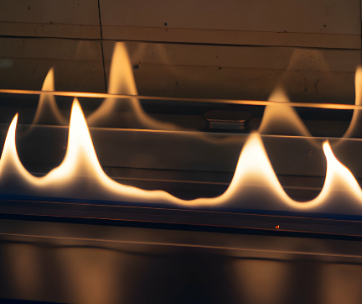
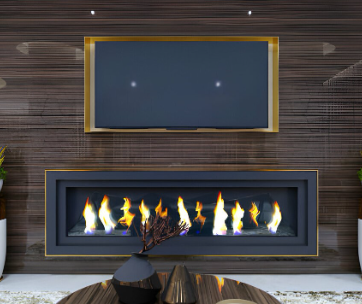
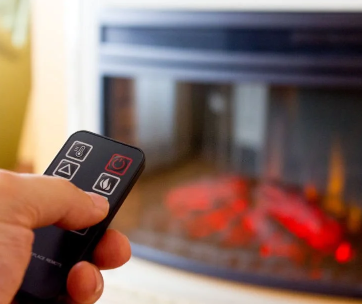



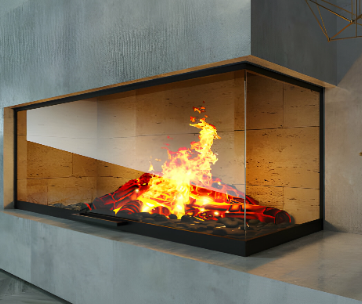

Comments